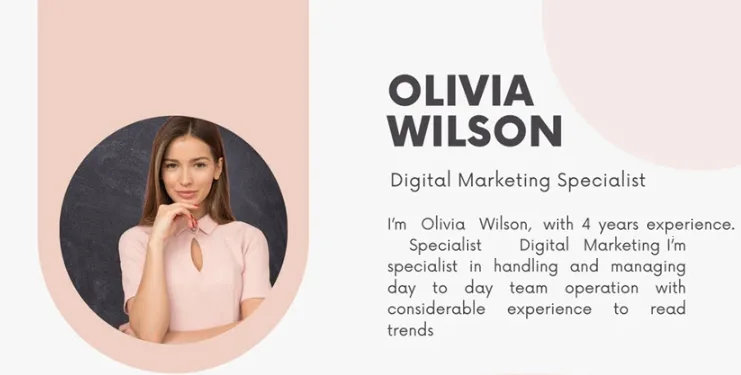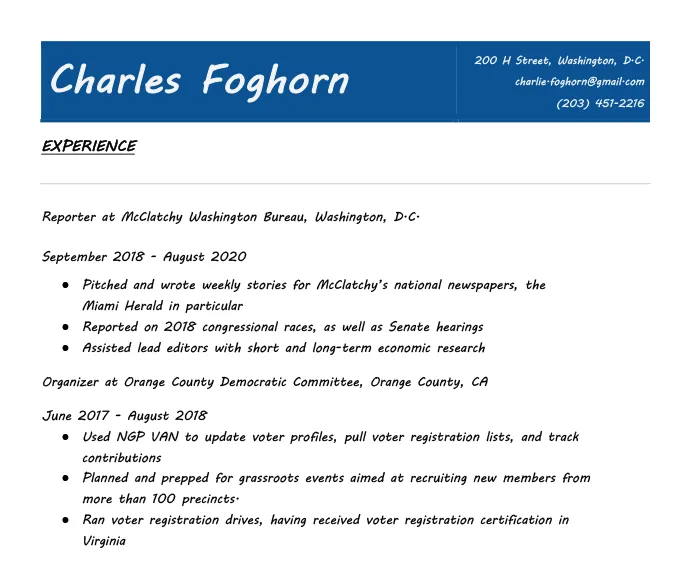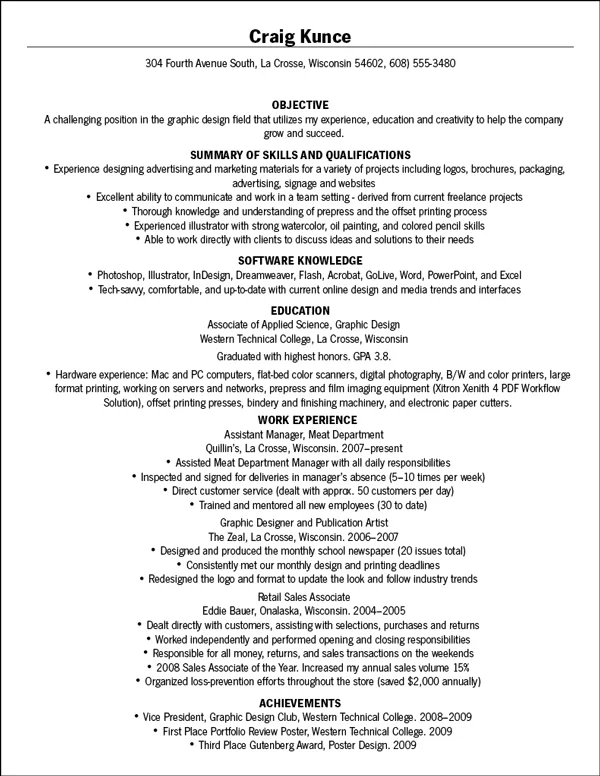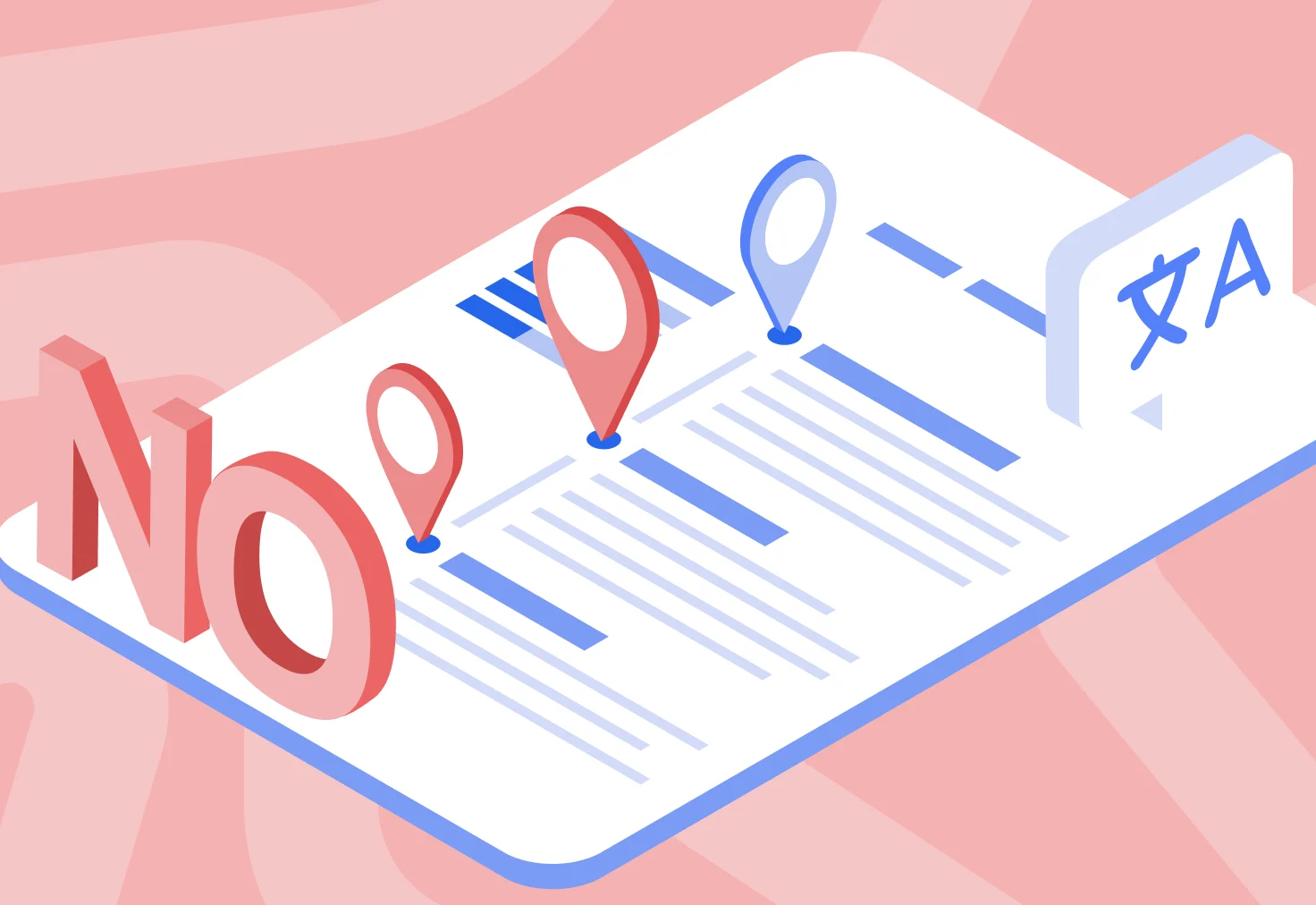If you’re currently looking for a job for the first time, you’ve probably read everything there is to find online about what resumes are and how you can make one. But what about bad resume examples? What are the biggest mistakes you could make during the resume writing process?
Just like you learn the main rules for creating a good resume, you should also be aware of the worst mistakes you can make along the way.
Luckily, not only does this guide help you detect the errors that could cost you your dream job, but it also shows you how to successfully fix or avoid them. Let’s dive right in!
Key Takeaways
Some common mistakes you need to avoid when creating your resume include spelling or grammatical errors, poor formatting, overemphasized titles and skills, and incorrect contact information.
A resume showcases your experience and skills, while a cover letter explains why you want to work at a specific company. You shouldn’t confuse these two.
The crucial differences between a good and bad resume also include ATS-friendliness. For this reason, you shouldn’t add images, graphs, or any other visuals that might cause the program to reject your resume.
15 Bad Resume Examples and Common Mistakes

Whether you have already written a resume or you’re still preparing to create one, there are several things you should pay attention to if you want to ensure a flawless job application.
With this in mind, let’s check out 15 bad resume examples and mistakes you should avoid at all costs.
#1. Spelling and Grammatical Mistakes
Research has shown that only 33,881of the 92,989 resumes analyzed were spelling error-free. This means that around 63% of resumes were full of mistakes, which is a huge turn-off for hiring managers. No matter how small typos or grammatical errors may be, they can still make you come across as inattentive and unprofessional.
Let’s check out these bad resume spelling examples so that you can see how distracting they may be:

The best approach to fixing such mistakes is to simply double-check the entire resume by using one of the numerous proofreading tools available online, such as Grammarly. You can also ask a friend or a family member to read the document if you need another pair of eyes.
#2. Unnecessary Graphics
Even though images and graphics may look interesting, you should definitely refrain from including them in your resume, mostly for these two reasons:
Such elements distract hiring managers from seeing what really matters on your resume.
ATS may not recognize visuals, and your resume will be illegible for the software, which means it can easily get rejected before it even reaches recruiters.
Let’s see one of the bad resume examples that contain unnecessary graphs:

While this resume is absolutely creative, it’s full of graphics, which is why it probably wouldn’t pass the ATS scan.
So, if you really want to include some visuals, you can do it indirectly by leaving your LinkedIn profile on your resume or adding the link to your portfolio to it. This will give your job application letter a more human touch and still leave room for recruiters to find you interesting.
#3. Underrepresentation
Underrepresenting yourself essentially means being unable to properly explain what you have worked on beforehand or not representing yourself as well as you could have.
The main point is to show that you were actively participating in your achievements, as passive responsibilities translate to being a non-achiever in the recruiters’ eyes. Let’s see what this looks like:

To avoid this mistake, think of all relevant achievements within each position you list in your work experience section and make sure you emphasize them enough. For this purpose, you can always use some power words and action verbs.
#4. Poor Formatting
When creating a resume, you want to make it eye-pleasing and easy to read. However, that won’t be possible if you don’t steer clear of formatting mistakes such as:
Resume margins that are too wide or too narrow
Unprofessional font type
Wrong font size
Wrong use of upper and lower case letters
Improper line spacing
For example, here’s what a bad font for a resume looks like:

And here’s how bad alignment can make a resume look odd:

So, what can you do to avoid all these errors? Here are some useful tips for you:
Resume Formatting Tips
Use fonts like Arial, Times New Roman, Georgia, or even Helvetica. As fun and funky as Comic Sans and similar flowery fonts may be, they definitely don’t scream professionalism or ATS readability.
Your font size shouldn’t exceed 12pts. Of course, you can use bigger letters (up to 16pts) for section titles, but the normal text should only be big enough to be readable.
Your text should be properly aligned. While the section titles can be center-aligned, you should use left alignment for normal text.
#5. Failure to Choose the Right Skillset
Another major thing to keep in mind is tailoring your skills list to the job position you’re applying for.
A Google search on bad entry-level resume examples will show you that job candidates usually have trouble choosing the right skillset when applying for a job. They often don’t think about which of their abilities are relevant to the job they’re interested in. Instead, they just list all the skills they believe they possess (or the ones that are completely unimportant) and call it a day.
The end result looks like this:

However, adding a random skill to your resume doesn’t benefit you or the company. So, if you’re applying for a specific type of job, it's best to list skills that can help you prosper in that particular position since that's what the company is actually asking for.
#6. Resume, not a Cover Letter
Some people believe that modeling their resume as a cover letter example can enhance their chances of securing the job they want. Hence, they are using this space to let recruiters know how much they want to work for a specific company instead of listing the information that could actually catch the attention of hiring managers. It looks similar to this:

However, this is a bad idea. A resume should contain the details of your professional history and educational background, while a cover letter should serve as an addition to your resume. It’s supposed to provide the information you didn’t have a chance to list in your resume and further convince the potential employer that you’re the right person for the position.
#7. “Melodramatic”
What makes resumes melodramatic is using keywords and expressions that exaggerate your experiences and skills.
Let’s have a look at what this mistake can look like:

To avoid these types of mistakes, you should explain what you do professionally without adding any cringy keywords to it. Stating your title as it is will be more than enough!
#8. Photos and Personal Information
Adding a photo of yourself to a resume is not really a common practice—it’s only necessary if a specific job description asks for it, which doesn’t happen often due to anti-discrimination laws. Even when you are required to insert your photo in a resume, a bad size and format can ruin it. Therefore, to avoid such problems, you should:
Use a resume photo whose size is around 2x2 inches (or 5x5 cm)
Make sure your face is fully visible in the picture
Take a professional, high-quality photo
Besides that, you should also be aware of what pieces of your personal information you should disclose and how you should list them. Here’s an example of a poorly written contact information section:

Avoid abbreviations and unprofessional emails you created years ago. Make sure you haven’t made any typos, as a wrong letter or digit can easily prevent potential employers from getting in touch with you. Also, you don’t need to provide your full home address—mentioning your city and country will be enough.
#9. Online Presence
Online presence is inevitable nowadays, which means that there is a good chance that HR representatives are going to check yours before hiring you.
If this is the case, however, it means your social media profiles must be highly professional, without inappropriate resume photo similar to this one:

No worries, though—if those pictures of your trip to the Maldives mean so much to you that you can’t bring yourself to delete them, just make sure they're hidden so that only your friends can see them!
#10. Job Title Inflation
The job market has a high competition rate, and you want your resume to be noticed. However, inflating your job title can backfire pretty badly. Yes, it may catch recruiters’ attention, but not every attention is good, especially if you come across as pretentious and full of yourself.
An inflated job title (and an inflated resume summary, too!) looks like this:

Also, a background check is more common than you think. Since recruiters can contact your previous employers and ask them about you, you should definitely be honest and avoid lying about your title.
#11. Referencing Conflicting Employers
You’ve probably noticed that many resumes contain an actual list of references. While this can be rather beneficial for you, it’s crucial to decide which people you should list in this section.
That coworker you disagreed with all the time? Not a chance.
That boss who fired you for going against their beliefs? Definitely not a good idea.
The best bet is to add references you’ve had a good relationship with. Also, make sure you provide the correct contact information so that the recruiters can reach out to those people without complications.
#12. Unrelated Work Experience
For a proper resume, you should only mention relevant experience that aligns with the job you want to apply for. Including unnecessary and irrelevant job positions you held more than 15 years ago is redundant and will not add any value to your resume.
So, even if you have spent most of your time working as a waiter in a fancy restaurant, you’re not advised to add that to your resume if you’re applying for an IT job, for example.
#13. Using the Same Resume for All Applications
Using the same resume for all the jobs you want to apply for is a major no-no. It shows that you have done no proper research on the role or the company beforehand. Or, even worse, you may come across as uninterested or lazy because you didn’t even try to find out more about the potential employer.
So, what can you do to avoid this mistake? Here are a few tips you may find useful:
Resume Customization Tips
Tailor your skills to the job position you’re interested in. If you’re applying for an IT job, list tech-related skills, courses, and projects on your resume.
Do the same with the hobbies and interests you want to mention in your resume. Just make sure that these are somehow related to the role you’re applying for.
List job experiences that may represent you as a perfect candidate for the desired job. The same advice goes here as well. If you want to land an IT job, you can list any tech-related job positions you’ve held during your career (programmer, developer, etc.). Avoid mentioning side hustles such as babysitting, waitressing, and similar.
#14. Including Salary Requirements in a Resume
No matter how difficult your situation may be or what you consider an appropriate salary for the specific position, don’t mention it on your resume. You’ll have a chance to negotiate your earnings with the potential employer once you reach the interview stage.
#15. Unorganized Education Section
An unorganized education section shows an unorganized you. To avoid making a mess of this part of your resume, you should steer clear of:
Mentioning your high school diploma if you have a higher degree
Listing your GPA if it's average or below average
Not listing your experiences in a set resume order
Here’s what such a mistake looks like on a resume:

You can add these details if the job listing requires you to do so or if your high school education is the only official education you received. In other cases, you should just omit them from your resume. Besides that, it’s also best to list your academic experiences starting from the most recent one.
The Difference Between a Good and a Bad Resume
Now that we have covered all major resume mistakes, let’s see the comparison between good and bad resumes featured in the table below:
Good Resume
Is ATS-friendly and easy to read
Is error-free
Lists resume sections only
Features one resume format and layout throughout the entire document
Contains job-related achievements, skills, and awards
Truthfully demonstrates your skills and accomplishments
Carefully showcase that you have researched the job description
Bad Resume
Is filled with unnecessary images and graphs
Is filled with grammar and spelling mistakes
Has a cover letter integrated into it
Features different formats in different resume sections
Contains unnecessary, non-job-related abilities, hobbies, and interests.
Boosts titles and positions for attention
Is generic and contains unnecessary things that were not required in the job description
Closing Thoughts
And that's a wrap!
Whether you are currently writing your resume or plan on creating one soon, knowing what practices you should avoid during the process can greatly benefit you.
By using our tips and tricks to get rid of all those annoying errors on your document, you’ll successfully create an enviable resume and increase your chances of getting the job you want!
FAQ About Bad Resumes
#1. What do bad resumes look like?
A bad resume looks messy and unfinished. It has bad formatting, a complicated layout, and fancy fonts. Besides that, it also exceeds the standard length (one page) and includes irrelevant information.
#2. How to know if your resume is good?
All you need to do to make your resume good is to format it correctly, tailor your skillset and work experience to the job you’re applying for, and avoid any spelling or grammatical errors, as well as any unnecessary graphics.
#3. What are the three main points that make a bad resume?
The three main points that make a resume bad are:
What to Avoid
Bad formatting. Use a proper font (not bigger than 12pt), margins, and alignment, as it makes your resume look neater and more readable.
Irrelevant information. Avoid including any type of information (including experiences, skills, hobbies, achievements, and keywords) that is not relevant to the job position you’re applying for in your resume.
Fails the ATS check. Avoid grammatical and spelling mistakes, and don’t add any visuals, as the ATS will just skip them.
#4. How to create a job-winning resume?
To create a job-winning resume, you must ensure it has:
Resume Tips
No spelling or grammatical mistakes
A one-page resume format
A simple and easy-to-read font style and size
Organized and detailed resume sections


